Table of this Contents
ToggleKamini Blossoms: A Symphony of Elegance and Aroma.
Kamini flower. All the ages of people like to cultivate flower into their Garden. Kamini flower is one of the popular flower(Average 40% popularity). To cultivate this flower just need a little Water and with Compost Fertilizer. According to History, The word Kamini comes from Bangla Language(Asian Language).
Introduction Of Kamini Flower.
Kamini flower. The scent of this flower is desirable, while for a long time you will feel its scent. You want to get close to your loved one.
Kamini (Murraya Paniculata) is the most active flower people love to plant indoors and outdoors. It comes in a variety of colors and smells delightful. The flowers make a great addition to any garden and are sure to bring a touch of beauty to your landscape. Kamini flowers are often used as decorations for special occasions and can be used to make great gifts. Kamini flowers are a popular choice among gardeners and flower enthusiasts. Kamini flowers are also known for their air-purifying and stress-reducing properties, making them an ideal choice for a home or office. Not only increases the beauty and spreads scents but is also beneficial for Human beings. Take a look at the beautiful Murraya Paniculate flower’s benefits and plant care as well as an overview is also included in this Blog Guide.
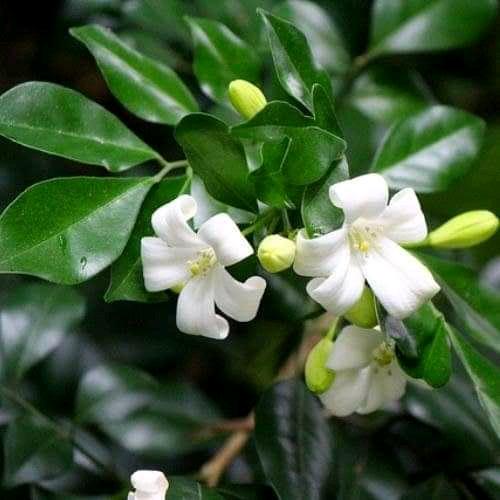
How to look like Kamini flower?
Kamini looks small. Normally, it has white color, but somehow you may see red and pink Murraya paniculata as well. Actually, Murraya paniculata’s color may vary depending on the kind of plant, climate, and also sunlight situation.
Flowers bloom in bunches. Each blooming flower dies after seven days. It helps to keep the air clean by spreading perfume. Interesting to see, it is used to the bouquet of all kinds. It is a flower that spreads perfume at night. At the night time spread deep perfume.
Specifically, the beautiful Pink color of Murraya paniculata flower is popular as the name of Orange Jessamine and China Box. On the other hand, the gorgeous red color of Murraya paniculata flower is popular as the name of Satinwood and Madhu Kamini as well.
The Murraya paniculata with its delicate beauty, boasts blossoms that measure approximately 1 to 2 cm in width. When you take a look at the flower closely, you’ll see five delicate petals and a yellow center – clusters are loosely grouped together. Murraya Paniculata’s leaves are glossy with dark green color – And, they are divided into leaflets. Their length exceeds 15 centimeters. It blooms all year round, but Spring and Summer are the most fragrant times of the Year.
Basic Information about kamini Flower at Glace.
| Information | Answer |
|---|---|
| Scientific Name: | Murryaya paniculata |
| Family: | Rutaceae |
| Kingdom: | Plantae |
| Order: | Sapindales |
| Common Name: | Orange Jasmine |
| English Name: | Orange Jasmine |
| Season Time: | All Seasons (Mostly Spring Season) |
| Average plant size: | 60 Inches to 20 Feet. |
| Average leaf size: | 1 to 2 Inches wide, 2 to 2.5 Inches long. |
| Flower Average Size: | 2 Inches Area. |
| Plant Food: | Mineral Salts, Water, Sunlight, Carbon dioxide. |
| Flower Types: | Infinity |
| Flowering Period: | 5 to 7 days. |
| Soil: | Loamy soil. |
| Temperature: | 98.6°F (37°C). |
| Water limit per plant: | 1 kg every 2 days. |
| Fertilizer: | Urea, MOP, TSP, potassium, Organic fertilizers. |
| Pesticides: | Thiamine, Thiovite, Furcuran. |
| Plant Input: | Mineral salts, Water, Carbon dioxide, Sun light. |
| Plant Output: | Water, Oxygen, Perfume, Plant growth. |
| Flower Popularity: | 40% |
Nickname of the Kamini Flower.
Kamini has a couple of nicknames that are well known to people than Kamini, such as – Orange Jasmine, Kamini Kusum, Chinese Box, Vengarai, Kaadu Karibevu, Kunti, Maramulla, and More.
These nicknames are common in different regions, Like – Tamil People know this Kamini as Vengarai. In Malayalam, the Kamini flower is called Maramulla. In Marathi, it is called Kunti. It is called Kaadu karibevu in Kannada. Native Hindi Speaker also call it Kamini Kusum.
Scientific Overview and Biological Information.
Kamini Flower has many names, but Murraya paniculata is its scientific name. Murraya paniculata comes from the Greek words – “murraya” meaning “bitter” and “paniculata” meaning “panicled”.
The Kamini flower belongs to the Rutaceae family. It is classified within the Plantae kingdom, specifically in the angiosperm division known as Magnoliophyta. Magnoliopsida is the eudicot class to which it belongs in this category. As a matter of fact, Kamini is a member of the Sapindales order, Family Rutaceae, and Genus Murraya within the Sapindales.
The evergreen shrub or small tree of Murraya paniculata grows to a maximum height of 23 feet (7 meters). The blooms of Kamini are white, small, and star-shaped clusters. Typically, these blossoms have a sweet scent similar to orange blossoms. The flower possesses both male and female reproductive organs, making it a bisexual organism. It has a smooth pale to whitish bark, and often flowers and bears fruit as a shrub. This plant grows to about 170mm long and has seven egg-shaped to elliptical to rhombus-shaped leaves. Leaflets are 25–100 mm long, 12–50 mm wide, with a petiolule 2–6 mm long and glossy green.
Commonly, the Kamini/Orange Jasmine Flower is native to Australia, South Asia (such as India, Sri Lanka, and Bangladesh), and also in Southeast Asia (such as Thailand, Malaysia, Indonesia, and Myanmar).
Characteristics of the Kamini Flower.
If you come across a delicate flower, which is around 1-2 cm in size and has a white or cream color, and it releases an aromatic scent, you can be confident that you have stumbled upon something indeed beautiful. Heck, this is the beautiful Orange Jasmine (Kamini). However, for characterizing Kamini, it is necessary to know what it looks like.
Murraya paniculata Benefits.
Murraya paniculata is really a beneficial flower that is used for a couple of types of treatment. Potentially, Murraya paniculata benefits our health – here are 5 types of potential benefits that you can get from the flower :
Anti-diarrheal:
Murraya paniculata leaves have anti-diarrheal properties – which have been verified. According to a study released in the Journal of Ethnopharmacology, rats showed a decrease in diarrhea frequency and severity when administered with a leaf extract.
Antimicrobial:
The leaves also have antimicrobial properties -which have been verified. In a study published in the Journal of Ethnopharmacology, it was found that the leaf extract killed a variety of fungi and parasites.
Antibacterial:
The leaves also have antibacterial properties – which have been verified. According to a publication in the Journal of Microbiology, it has been demonstrated that a leaf extract has the ability to eradicate different types of bacteria, among them E. coli and Staphylococcus aureus.
Anti-inflammatory:
It has been discovered through a study published in the Journal of Natural Products that leaf extract possesses an impressive ability to decrease inflammation in mice. It has been confirmed that the leaves possess anti-inflammatory properties as well.
Antioxidant:
The leaves of Murraya paniculata offer a rich supply of antioxidants, effectively safeguarding the body from the harmful effects of free radicals.
Keep in mind that these are potential Murraya paniculata benefits, it’s not a substitute for medical treatment. However, if you want to take any herbal supplements, you should discuss this topic with a doctor.
How much essential Kamini flower in our daily life?
All the tree are our best friend. This flower spreads perfume at night which removes the stench of air. Protects the environment from air pollution. Guests are greeted with these flowers. The wood and dried leaves of the tree are used as fuel. Many farmers make a living by cultivating this flowers. There is a lot of demand for this flowers in the market. This flower is very popular with people of all ages.
These plants absorb carbon dioxide and release oxygen into the atmosphere. When the flowers bloom, the bees come to collect Honey. This meets their food needs.
Popularity of the Kamini Flower all over the World.
Kamini/Orange Jasmine/Murraya paniculata is popular because of its ability -it’s a hardy plant. Murraya paniculata, a versatile and resilient plant, thrives in various conditions. It tolerates full sun or partial shade, and once established, it can endure drought periods with ease. In warm climates, Murraya paniculata blooms continuously throughout the year. Its small white flowers emit a delightful sweet fragrance, adding to the plant’s appeal. Furthermore, it is very easy to take care of, which is another reason why it is so popular.
Price and Demand of the Kamini Flower in Different Countries.
Kamini flower/Orange Jasmine/Murraya Paniculata price and demand may vary depending on the country. For Example, In India, Kamini is a highly demanded flower by Indian people – Kamini flower plant Price range is around ₹200 – ₹500. It is common for them to be used in ceremonies and festivals related to religion.
In the United States and Europe, typically, the Orange Jasmine tree/plant price range is higher, Price up to $50 -It has lower demand in these countries. There is also a direct relationship between the time of year and the price and demand of Kamini flowers. Murraya Paniculata flower’s benefits also make it more popular and demanding in many countries.
What is the original way to reproduce a kamini plants?
After cutting the branches of Kamini and sowing in wet soil, new seedlings sprout after a few days. Seedlings are produced by grafting in nurseries. After 4 months, when the seedlings are 5 feet tall, flowering starts. Organic fertilizers, when properly watered, accelerate plant growth and flower production. Fancy people plant kamini flower at home. Kamini protects the environment from pollution, so, we should plant more of these trees.
Cultivation Method of the Kamini Flower.
Kamini/Orange jasmine plant cultivation is not rocket science. You can cultivate the plant in two ways.
1) Land cultivation and
2) Tub cultivation.
Those cultivation processes are close but, a little bit different that you should consider before making a decision.
Land cultivation.
If you have a big garden or yard, land cultivation might be a good option – because it allows the plant to grow to its full potential. In the case of Land, It may be difficult to control the size of the plant, and may be more susceptible to pests and diseases. This is a more cost-effective option and easier for Murraya paniculata care.
Tub cultivation.
Tub cultivation is the best option for those with a limited amount of space or in cold climates, since it provides the plants with a highly controlled and compact environment in which to grow. Tub cultivation also offers indoor or outdoor planting while land cultivation only offers outdoor planting. If you desire to have control over the size of the plant, tub cultivation is an excellent choice.
Fertilizer and Pesticides of the Kamini Flower.
Use a balanced fertilizer once a month on Murraya paniculata tree during the growing season. Remember that you should use a fertilizer that has ample amounts of nitrogen, phosphorus, and potassium for optimal plant growth -such as 10-10-10. You should consider using a fertilizer that is customized to the needs of your blooming plants for optimal results.
When growing Murraya paniculata in a pot, you will need to fertilize it more often because the soil in the pot tends to lose nutrients more quickly. Slow-release fertilizers release nutrients slowly, so you may want to use them if you want to get the best results.
While Kamini flowers are not particularly susceptible to pests, certain aphids, scale insects, and mealybugs can have a negative effect on their growth. There are several ways that you can get rid of pests found on your plant, including using insecticidal soap or neem oil – depending on which pest you find. Alternatively, you can use a systemic insecticide, which will be absorbed into the plant’s tissues and will kill any insects that are feeding on the plant.
How to take care of the Kamini Flower?
People love to plant a Kamini/Murray tree cause of caring – it is relatively easy to care. In the first stage of caring, it is important to water the plants regularly – but be careful not to overwater them – Keep the soil moist but not soggy so as to keep the plants at their best. Make sure you water your plants deeply once a week, or more often if the weather is hot or dry.
There is nothing more ideal for a Murraya paniculata than well-drained soil that has a slightly acidic pH value – Improve drainage by adding sand or perlite. For Murraya paniculata to grow really well, it needs lots of sunlight. But it’s also okay with areas that don’t get as much sun, like partial shade. Shades will make the plant leggy and less flowering. Apply Fertilizer and Pesticides on time. For maintaining its shape or removing dead or diseased branches, Murraya paniculata can be pruned – spring or fall is a good time to prune.
Frequently Asked Question(FAQ) about kamini flower.
1. How many times need Kamini plant to bloom flower?
Answer: Average 4 month. If plant get proper care flower bloom fast and early.
2. What is kamini?
Answer: It’s flower, spread perfume at the night time. People of all ages like it very much.
3. Which place is the best to plant kamini?
Answer: Garden or beside of your house.
4. Which place is the best to Grow for Kamini flower?
Answer: Kamini trees can grow everywhere. With proper care this tree produces much more flowers. This tree can grow in backyards, bushes, forests, gardens everywhere.
You can also visit another post,


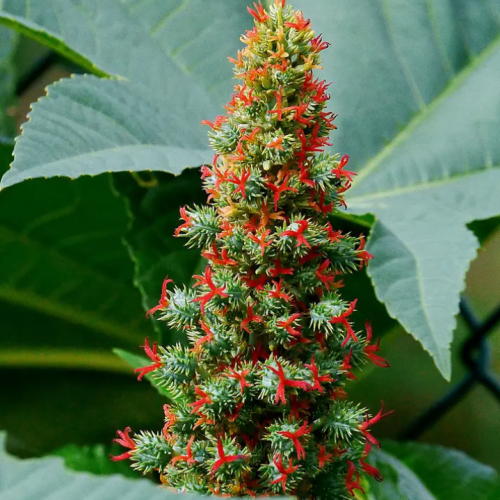



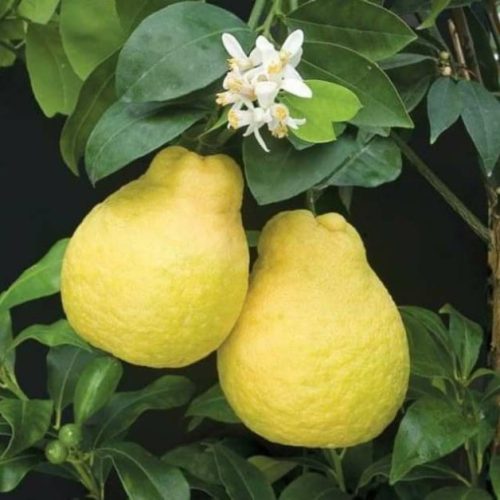
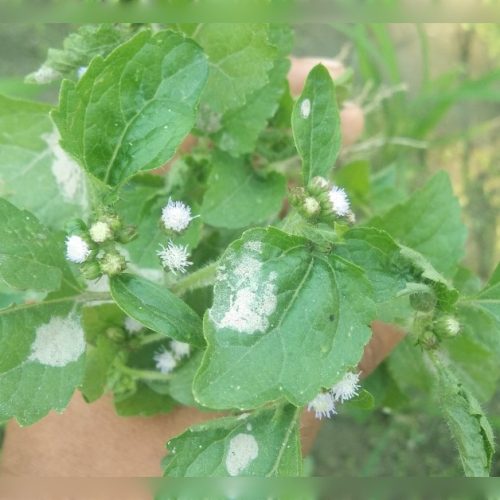
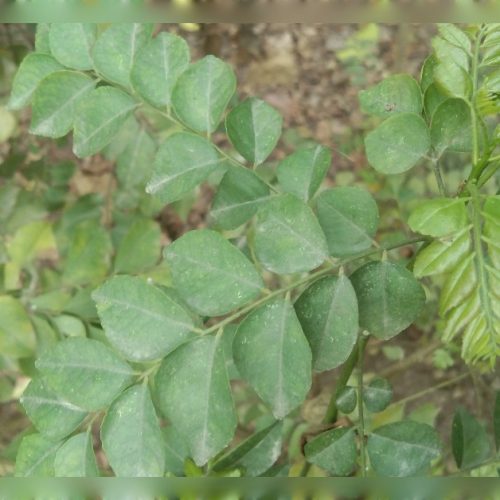


1 Comment
[…] Kamini flower. […]